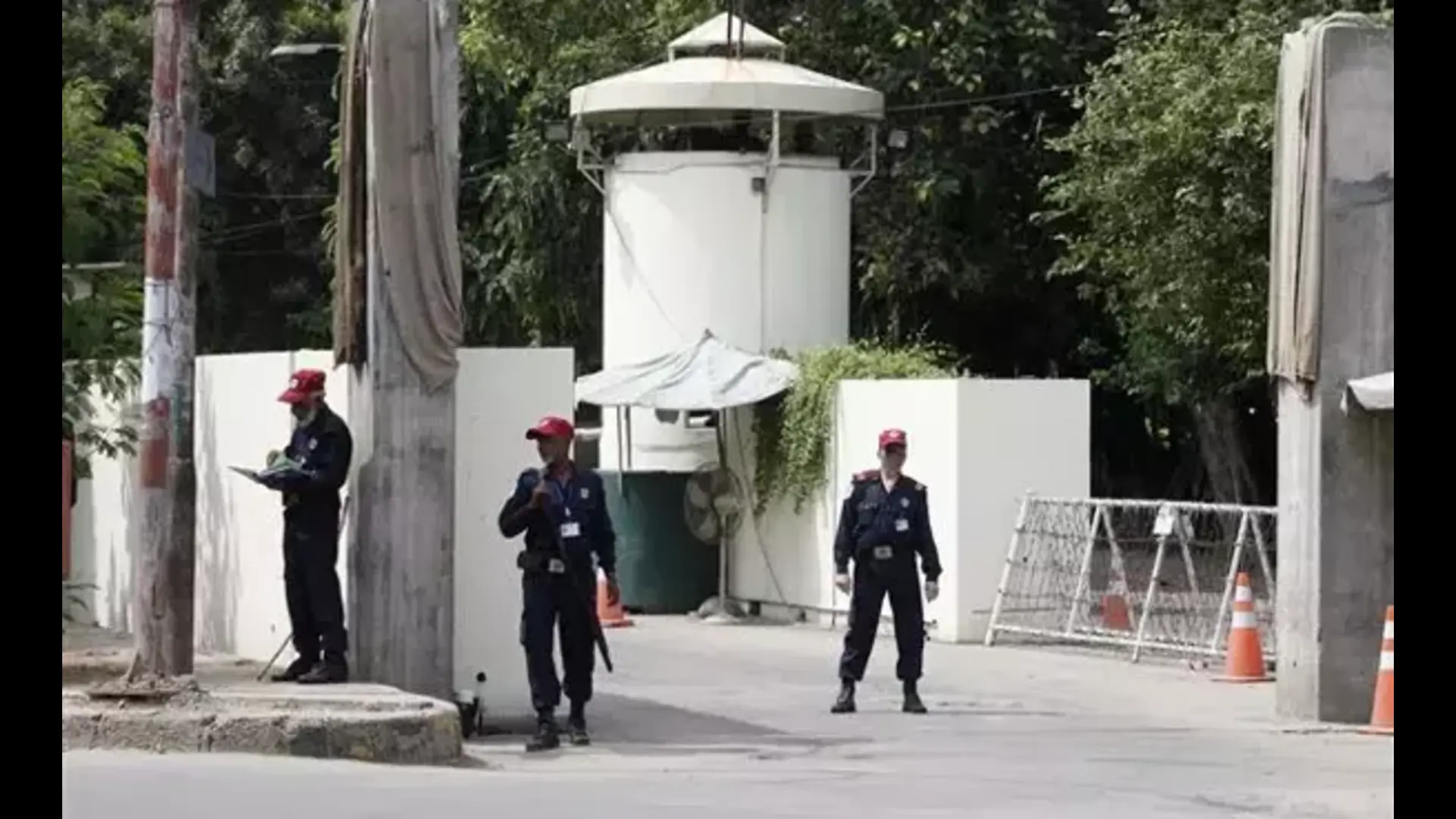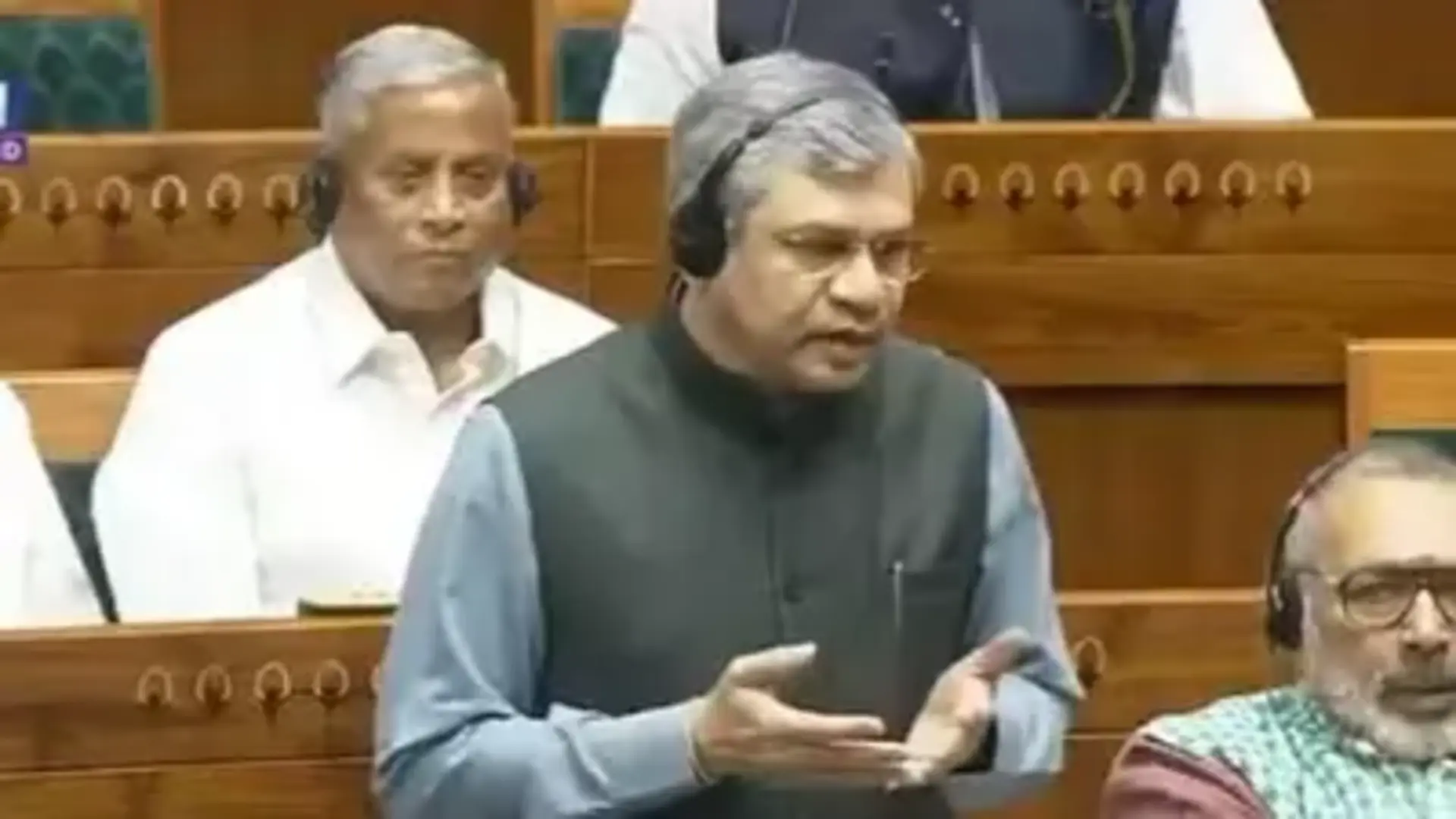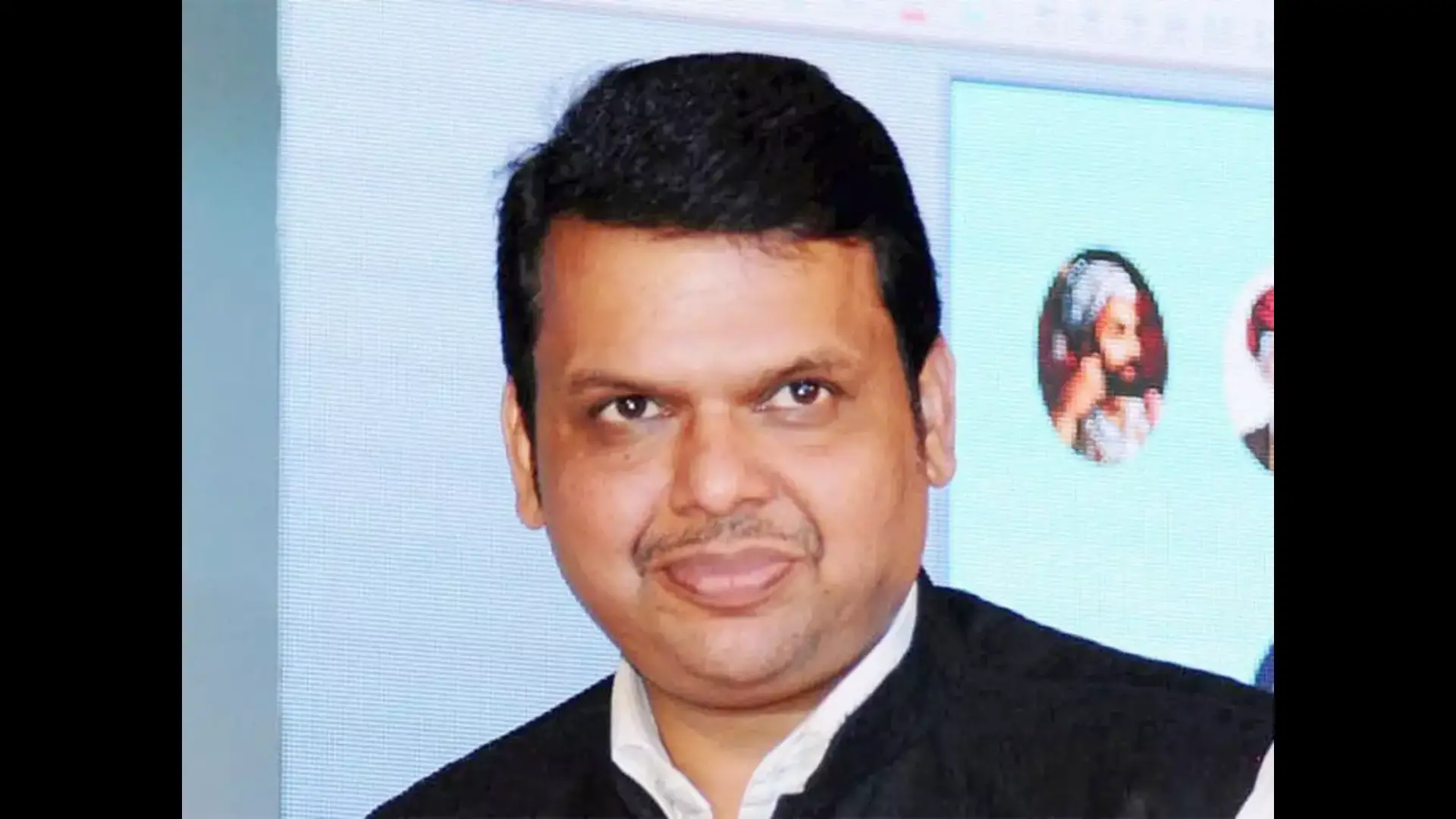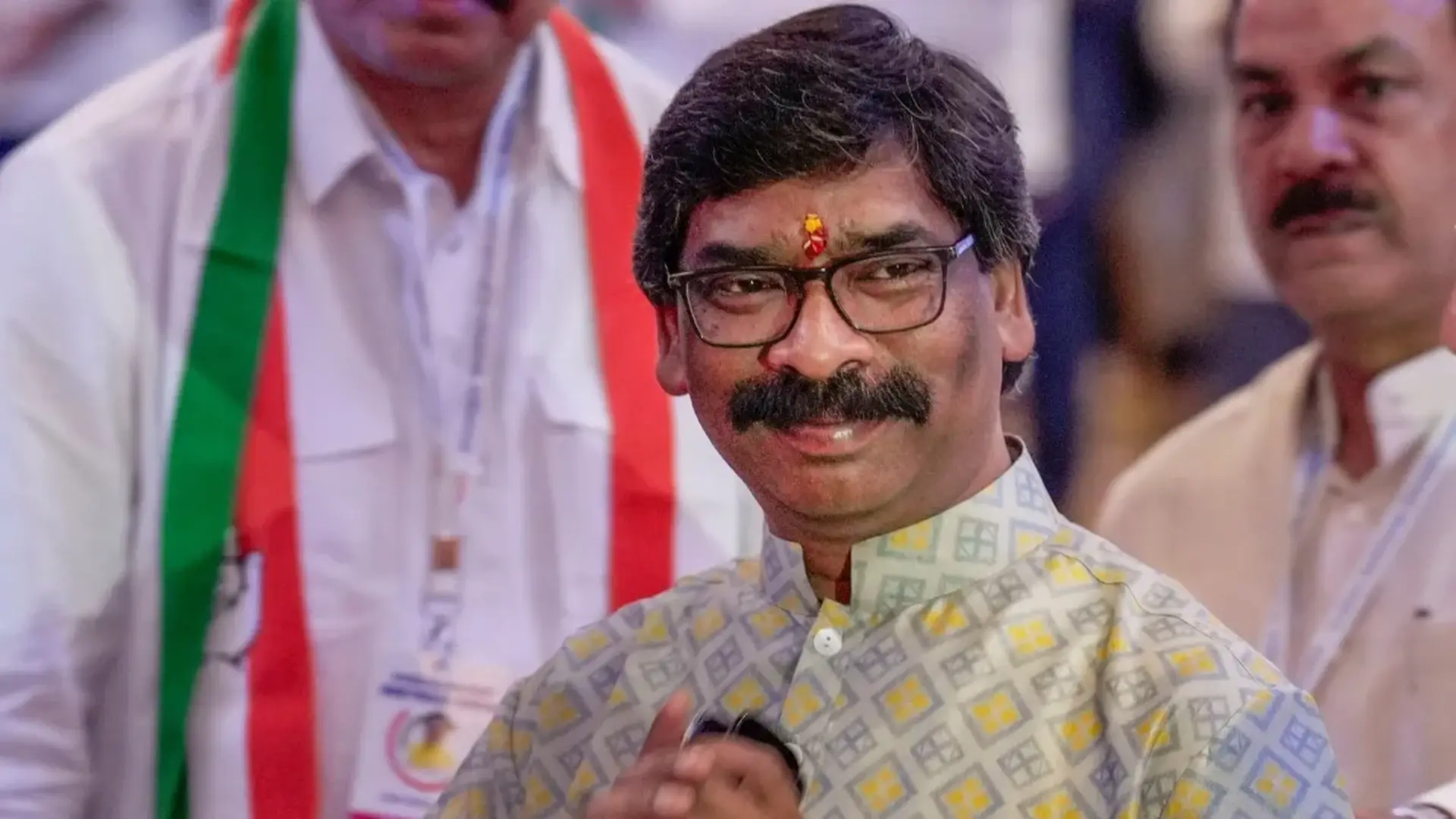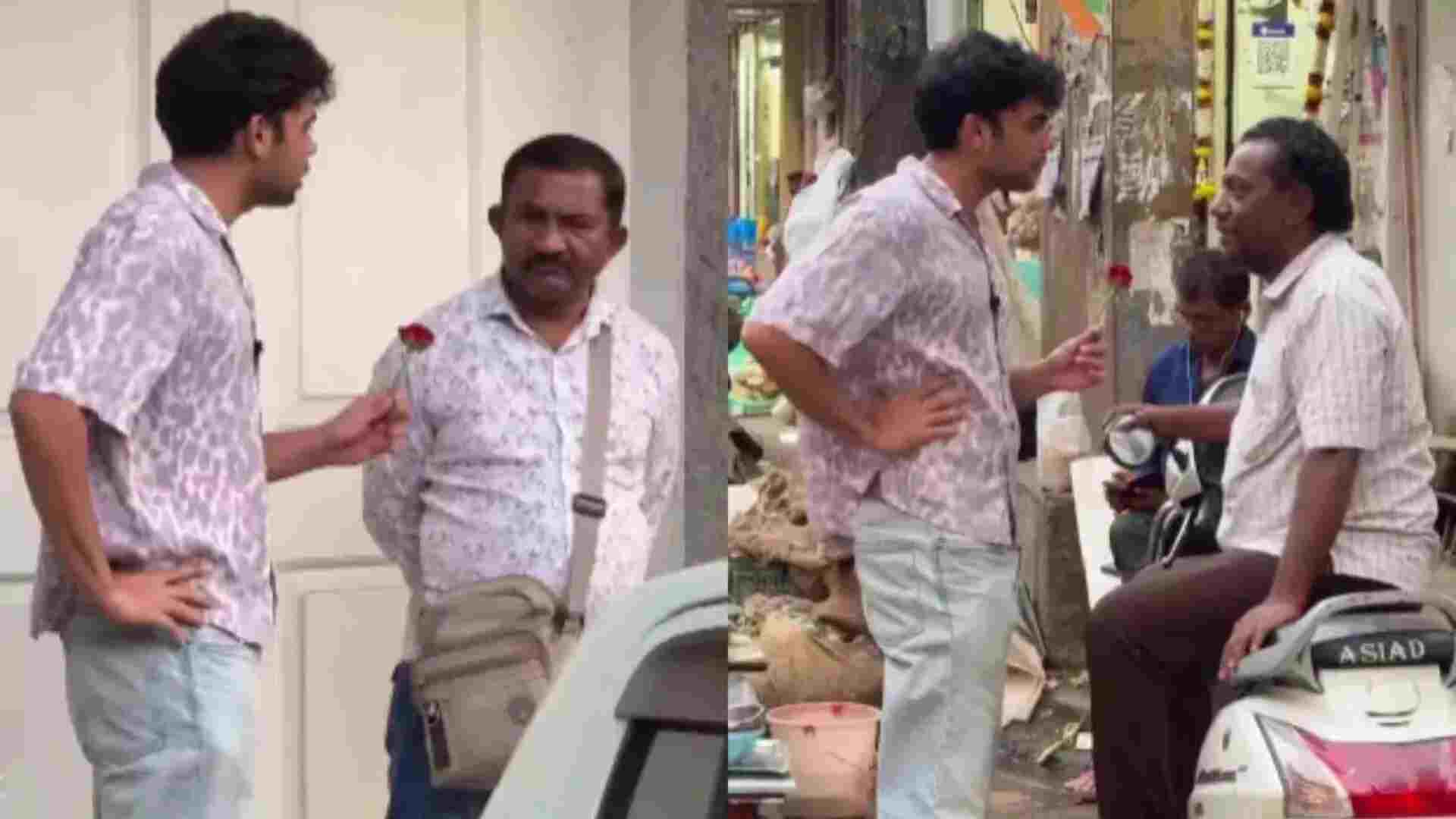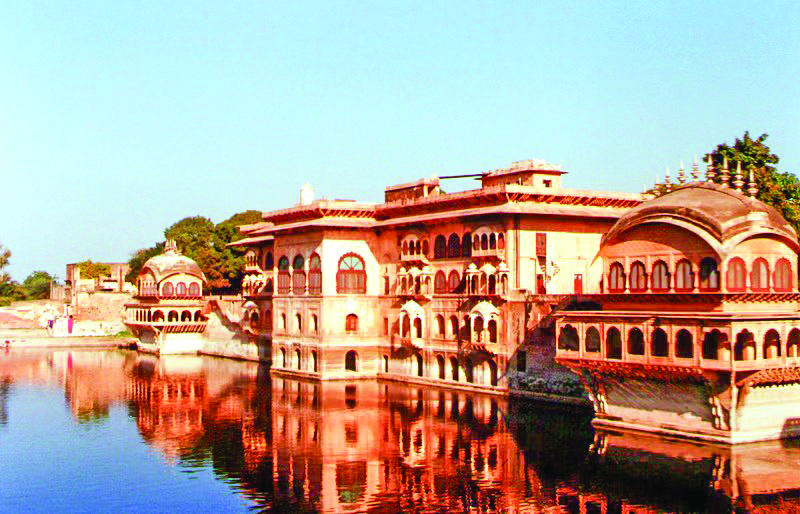
In the heart of the former Jat kingdom, a magnificent palace stands as a testament to royal grandeur and cultural heritage, now transformed into one of Rajasthan’s most fascinating museums. The story of Bharatpur Palace begins in the 18th century, emerging from the ambitions of the mighty Jat rulers. Unlike many Rajasthani palaces built primarily for luxury, this structure was conceived as both a formidable fortress and an opulent residence. The palace’s unique architecture reflects this dual purpose, with its imposing defensive walls concealing incredibly refined interiors.
A Canvas of Cultural Confluence
What makes Bharatpur Palace truly remarkable is its architectural fusion. The structure seamlessly blends Rajput, Mughal, and even European design elements. Elegant Mughal-style gardens sit alongside Rajput defensive architecture, while Victorian-inspired interiors showcase the influence of the British colonial period. This architectural medley tells the story of a kingdom that adapted and evolved while maintaining its distinct identity.
The Durbar Hall, Where Power Met Splendor
The crown jewel of the palace is its magnificent Durbar Hall. With its soaring ceilings and intricate frescoes, this space once witnessed crucial state decisions and grand ceremonies. The hall’s walls are adorned with paintings depicting scenes from mythology and royal life, each stroke of the brush telling stories of glory and tradition. Massive Venetian chandeliers hang from ornately decorated ceilings, their crystal drops casting dancing shadows across marble floors.
Chambers of Royal Life
Beyond the formal spaces lie the private quarters, offering intimate glimpses into royal daily life. The Zenana (women’s quarters) features delicate latticework and hidden passages, designed to ensure privacy while allowing proper ventilation in Rajasthan’s harsh climate. The king’s private chambers combine luxury with functionality, featuring innovative cooling systems and clever architectural details that made desert living comfortable.
Arsenal of the Maharajas
The palace museum houses an impressive collection of ancient weapons, each piece telling its own tale of warfare and craftsmanship. From intricately decorated swords to massive cannons that once defended the kingdom, the arsenal provides fascinating insights into medieval military technology. Particularly noteworthy is the collection of handcrafted guns, many bearing inscriptions that reveal their royal ownership.
Frames of Time, The Royal Photography Collection
One of the museum’s unique treasures is its collection of royal photographs. These black and white images capture moments from the late 19th and early 20th centuries, showing the evolution of royal life and customs. Formal portraits of maharajas in full regalia sit alongside candid shots of palace life, creating a fascinating visual timeline of the kingdom’s history.
Textile Treasury
The palace museum houses an exceptional collection of royal garments and textiles. Intricately embroidered costumes, some dating back several centuries, showcase the remarkable craftsmanship of their era. The collection includes everything from ceremonial robes to everyday wear, offering insights into both royal fashion and the textile traditions of Rajasthan.
The Diplomatic Gallery
A fascinating section of the museum displays gifts received from various rulers and foreign dignitaries. These objects, ranging from Chinese porcelain to European timepieces, reflect Bharatpur’s diplomatic relations and its position in the global political landscape of its time.
Legacy in Stone, The Sculpture Collection
The palace grounds house numerous sculptures that span several centuries. These pieces range from religious icons to decorative elements, each carved with remarkable skill. Of particular interest is the collection of Jat-period sculptures, which showcase a unique artistic style that developed under the kingdom’s patronage.
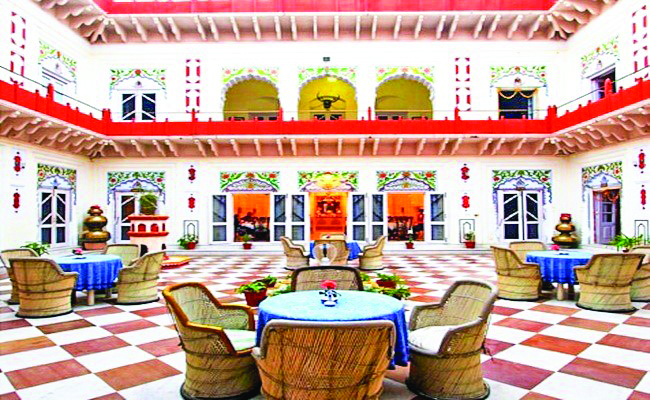
Gardens of Serenity
The palace gardens, though modified over time, retain much of their original charm. Designed to provide respite from the desert heat, these green spaces feature traditional water features, native plants, and carefully planned walkways. The gardens also house several pavilions where the royal family would spend leisurely afternoons.
From Private to Public, The Museum Transformation
The transformation of Bharatpur Palace into a museum represents a significant shift in its purpose. While preserving its royal heritage, the palace now serves as an educational institution, making centuries of history accessible to the public. The conversion was carefully planned to maintain the building’s historic integrity while creating modern display spaces.
Conservation Chronicles
Behind the scenes, dedicated conservators work to preserve the palace’s treasures. From ancient textiles to delicate manuscripts, each artifact requires specific care. The museum employs both traditional techniques and modern technology in its conservation efforts, ensuring these precious pieces survive for future generations.
Living History Programs
The palace museum isn’t just about static displays. Regular cultural programs bring history to life through music, dance, and artistic demonstrations. These events, often held in the historic courtyards, help visitors connect with the region’s living cultural traditions.
Educational Innovation
Understanding its role in education, the museum has developed programs specifically for school groups. These sessions combine historical learning with interactive experiences, making history engaging for young minds. Special workshops focus on traditional crafts, ensuring ancient skills aren’t lost to time.
The Future of the Past
As the palace museum moves forward, it faces both challenges and opportunities. Plans for digital preservation, new exhibition spaces, and enhanced visitor facilities are underway. Yet the core mission remains unchanged: to preserve and share the rich heritage of Bharatpur’s royal legacy.
The Bharatpur Palace Museum stands as more than just a repository of artifacts; it’s a living link to Rajasthan’s royal past. Its halls echo with centuries of history, while its collections offer invaluable insights into the art, culture, and politics of a bygone era. For visitors seeking to understand Rajasthan’s royal heritage, the palace museum provides an unparalleled window into a world where power, art, and tradition merged to create something truly extraordinary.
Hidden Passages and Secret Chambers
Beneath the main palace structure lies a network of underground passages, originally designed as escape routes during sieges. These tunnels, some stretching for several kilometers, connected the palace to strategic points throughout the ancient city. While most of these passages are now sealed for safety, one restored section is occasionally opened for supervised tours, offering visitors a glimpse into the palace’s defensive infrastructure.
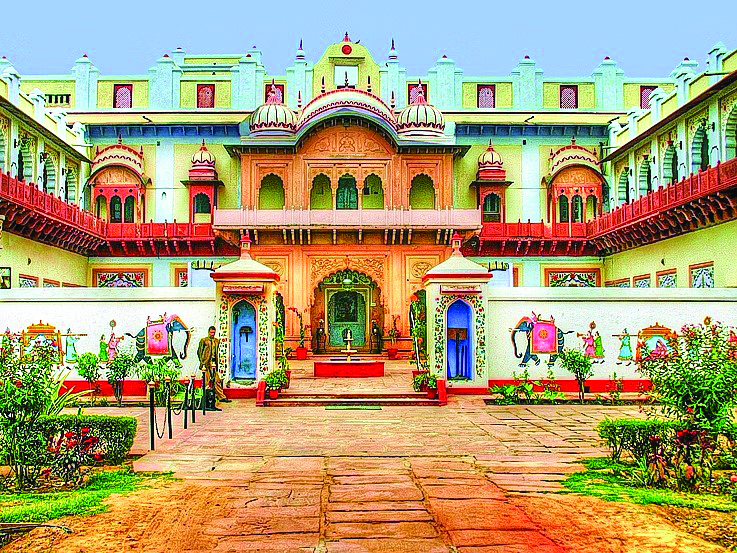
The Astronomical Connection
A lesser-known feature of the palace is its astronomical observatory, built during the reign of Maharaja Brijendra Singh. Though smaller than Jaipur’s famous Jantar Mantar, this observatory contains several unique instruments used for celestial calculations. The presence of these astronomical tools reflects the scientific interests of Bharatpur’s rulers and their commitment to scholarly pursuits alongside military prowess.
The Royal Kitchen Museum
A recent addition to the palace museum is the restored royal kitchen, which offers fascinating insights into the culinary traditions of the Jat royal family. The massive copper vessels, some large enough to cook for a thousand people, stand as a tribute to the scale of palace operations. Traditional cooking implements, spice boxes, and ancient recipe books provide a comprehensive view of royal gastronomy.
The Numismatic Gallery
The palace’s coin collection deserves special mention. Spanning several centuries, it includes rare specimens from the Jat period, the Mughal era, and British India. Of particular interest are the coins minted in Bharatpur itself, which often combined traditional Indian designs with unique local elements. These coins help trace the economic history of the region and its trade connections with other kingdoms.
This additional exploration of Bharatpur Palace’s hidden treasures further enriches our understanding of this remarkable historical monument. Each new discovery within its walls adds another layer to the fascinating story of Bharatpur’s royal heritage, making the palace museum an ever-evolving repository of cultural knowledge.

